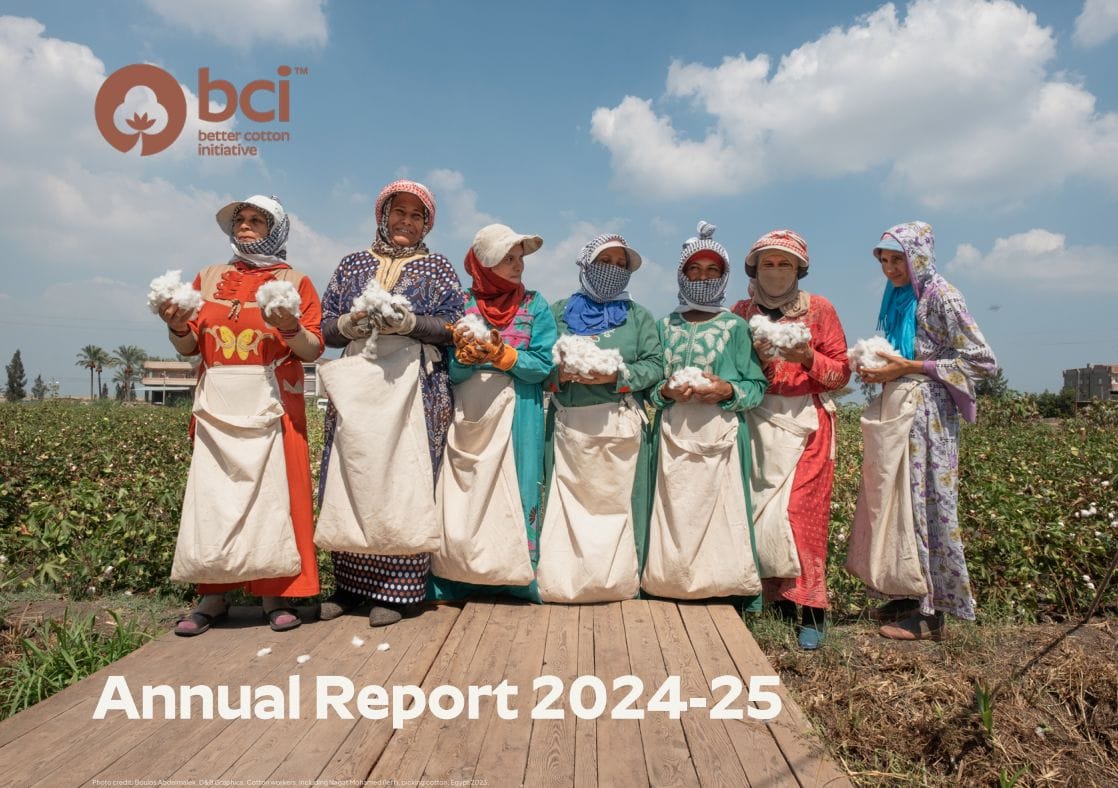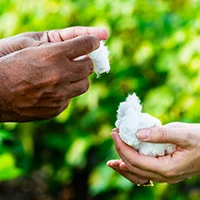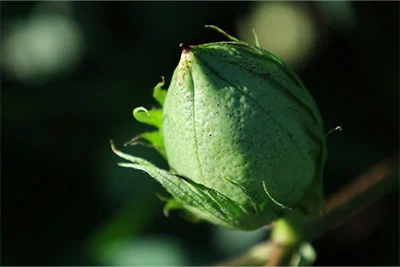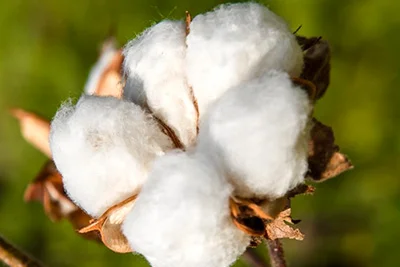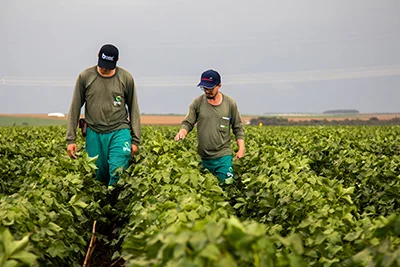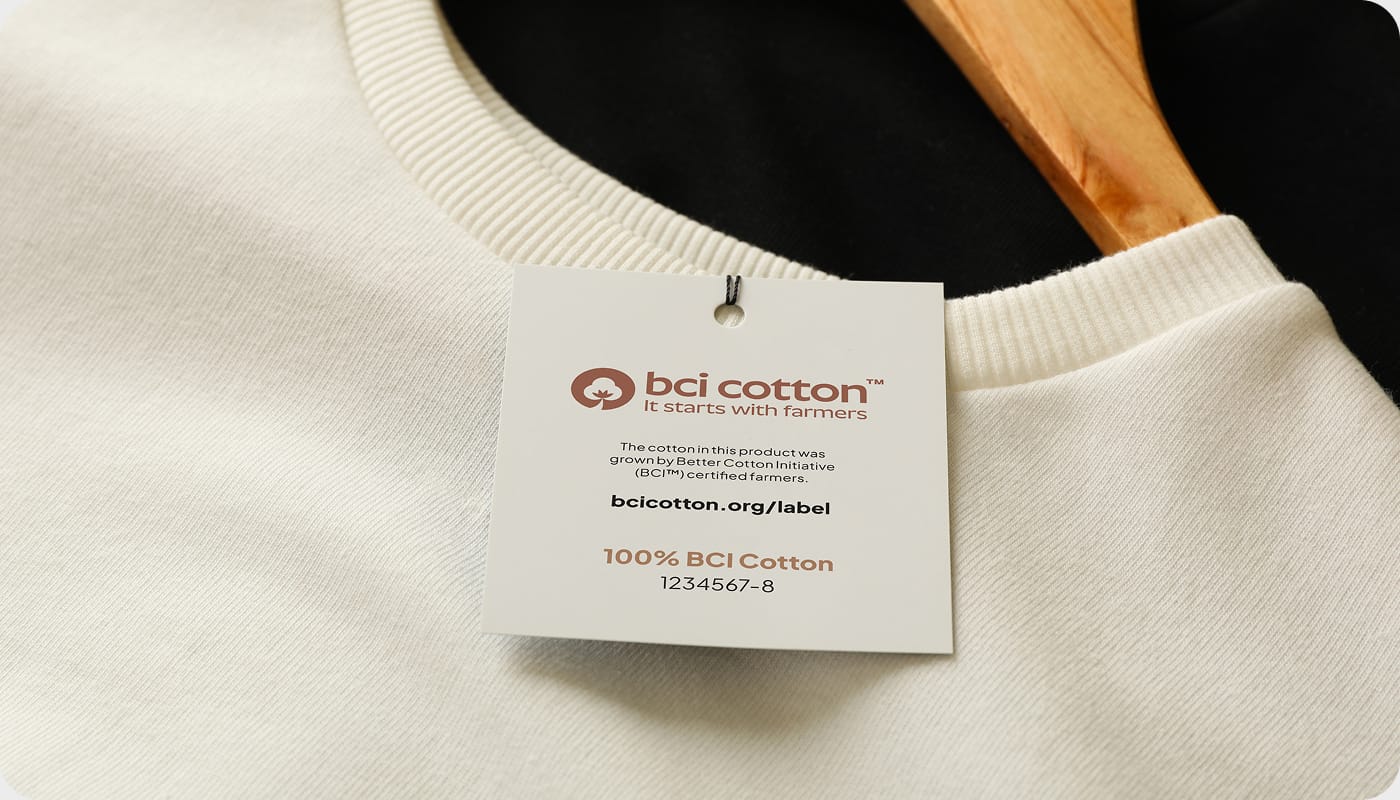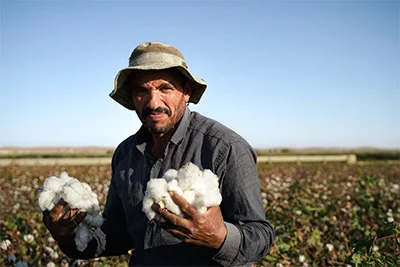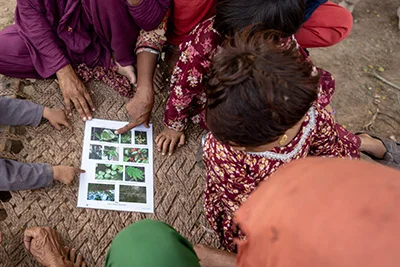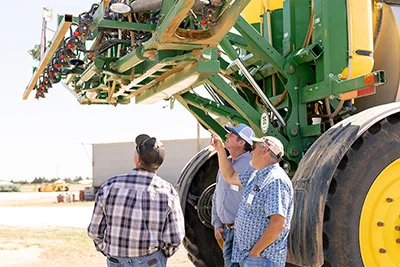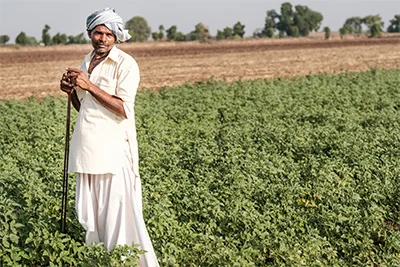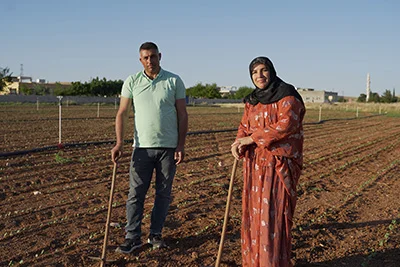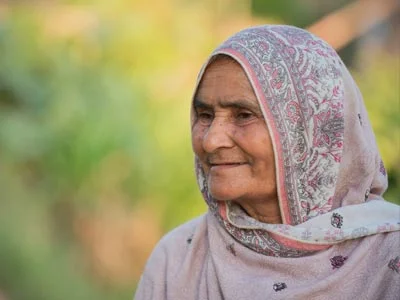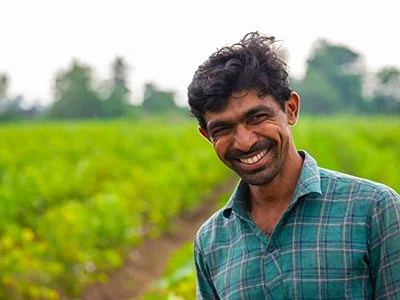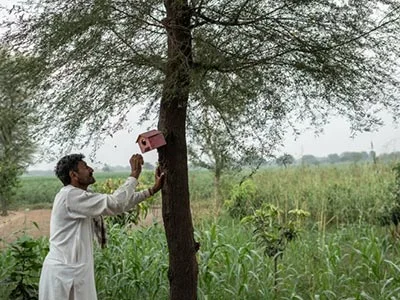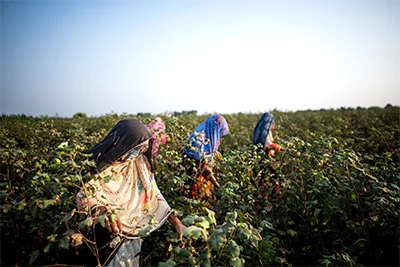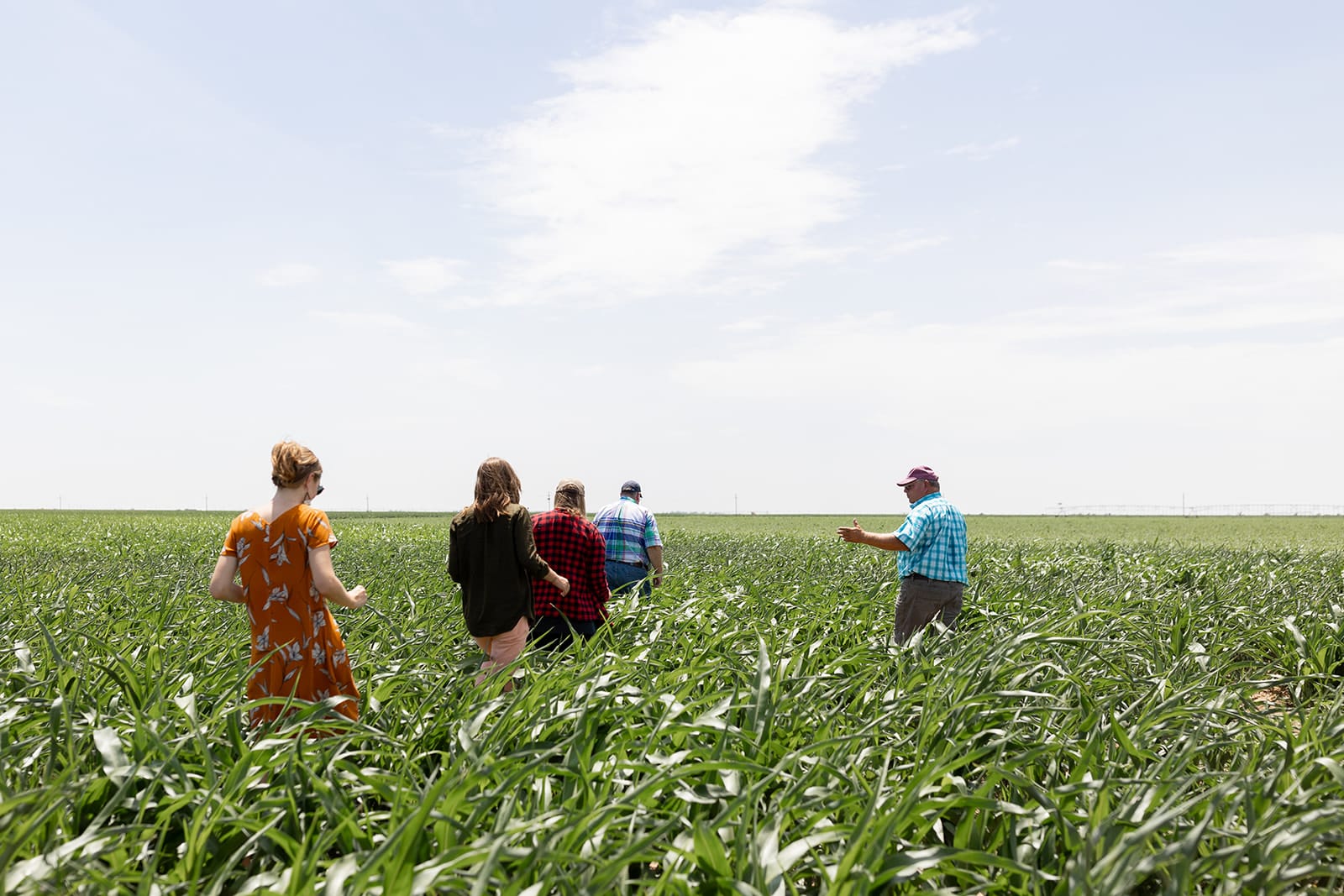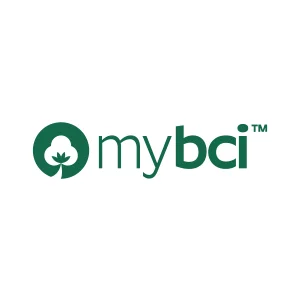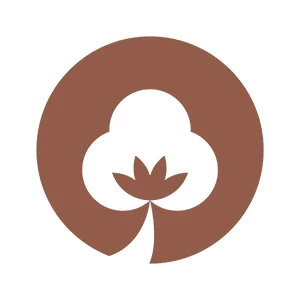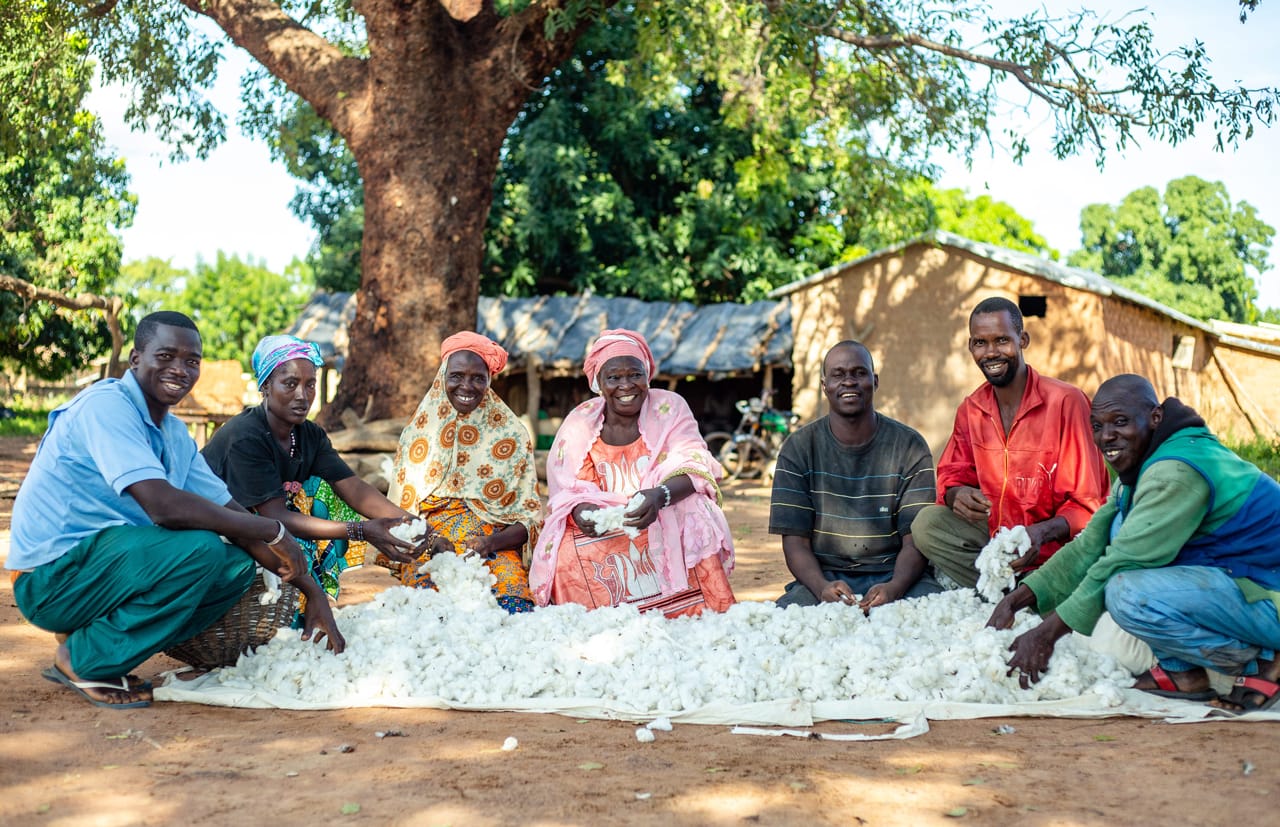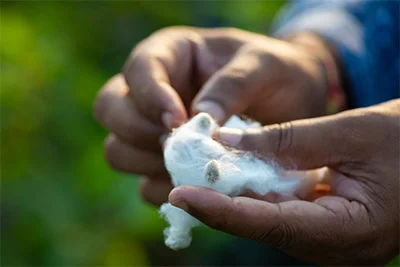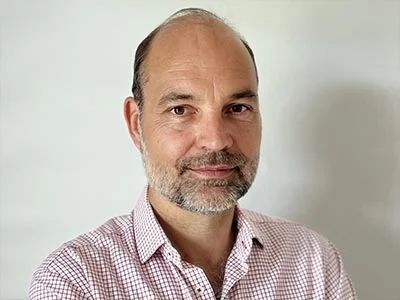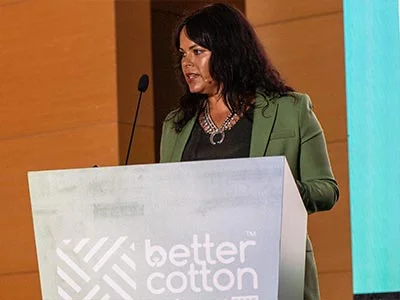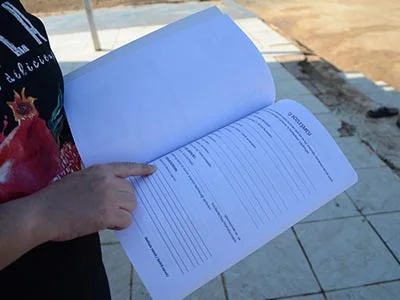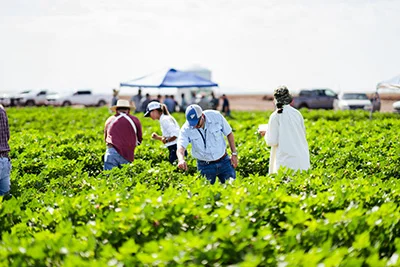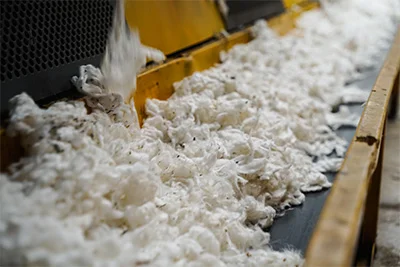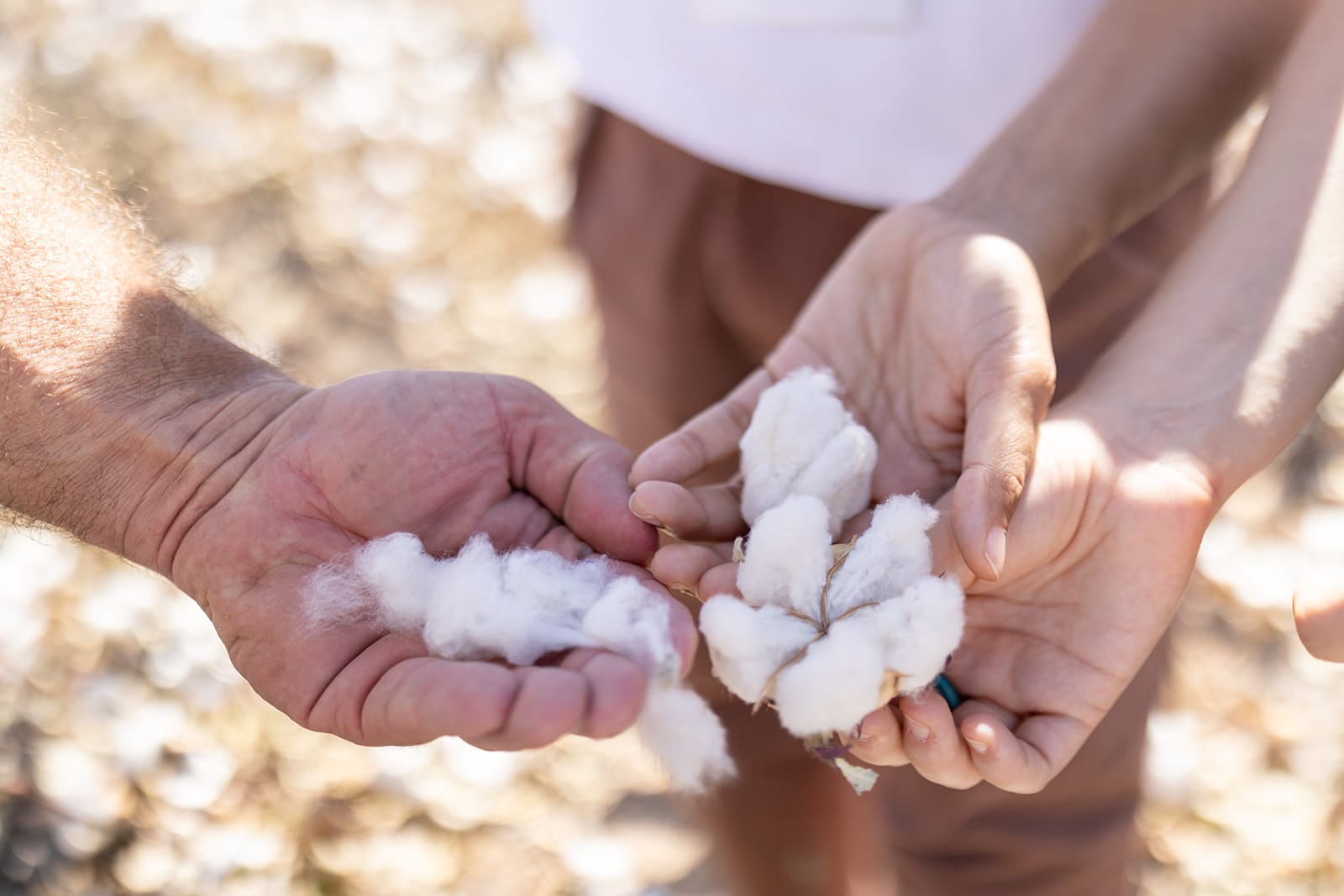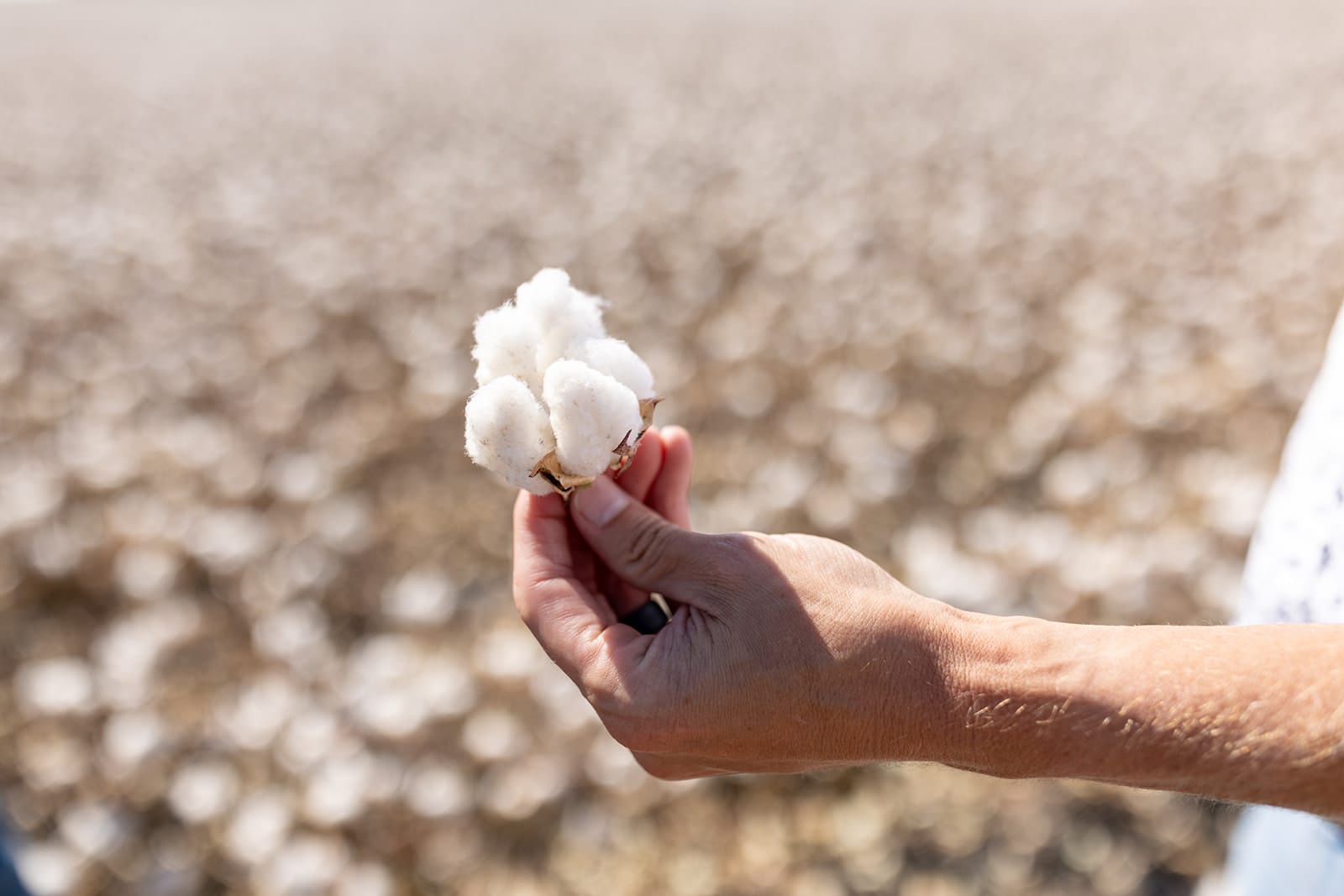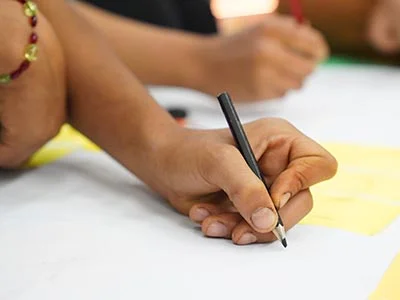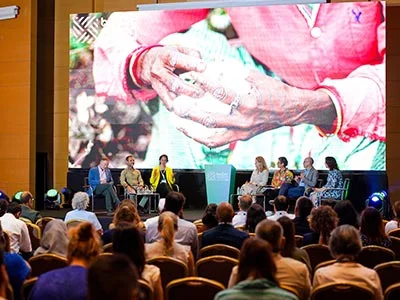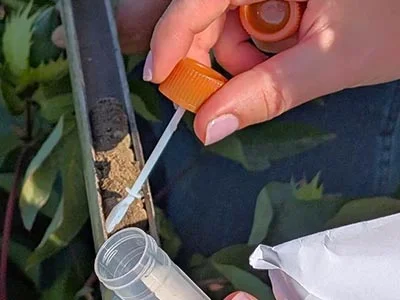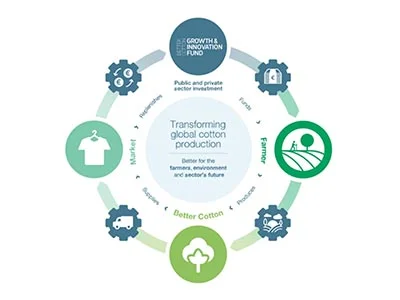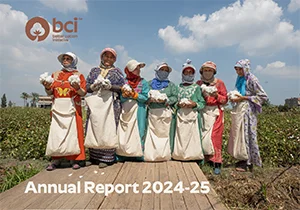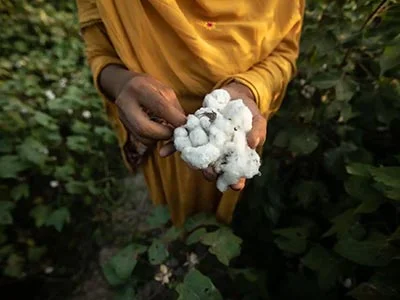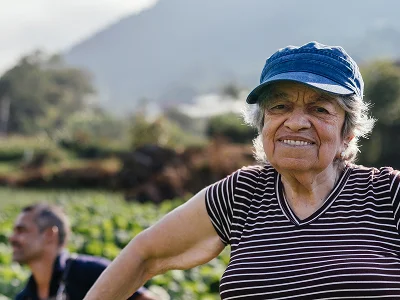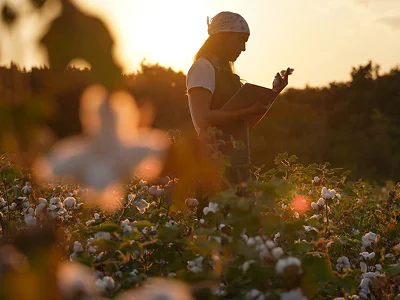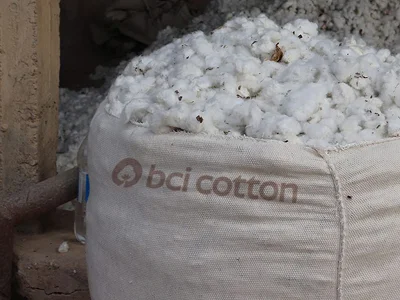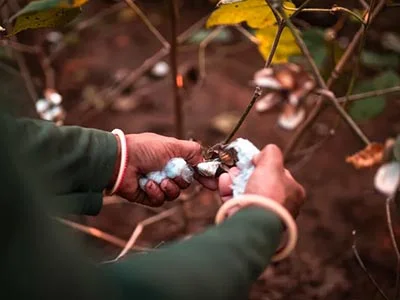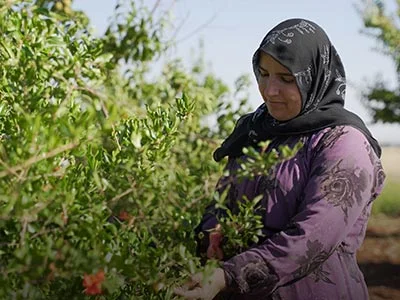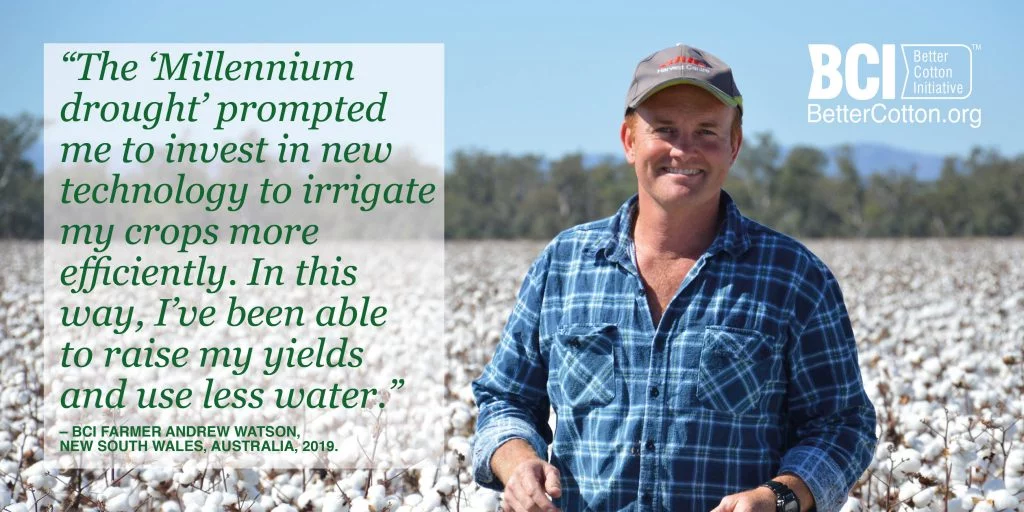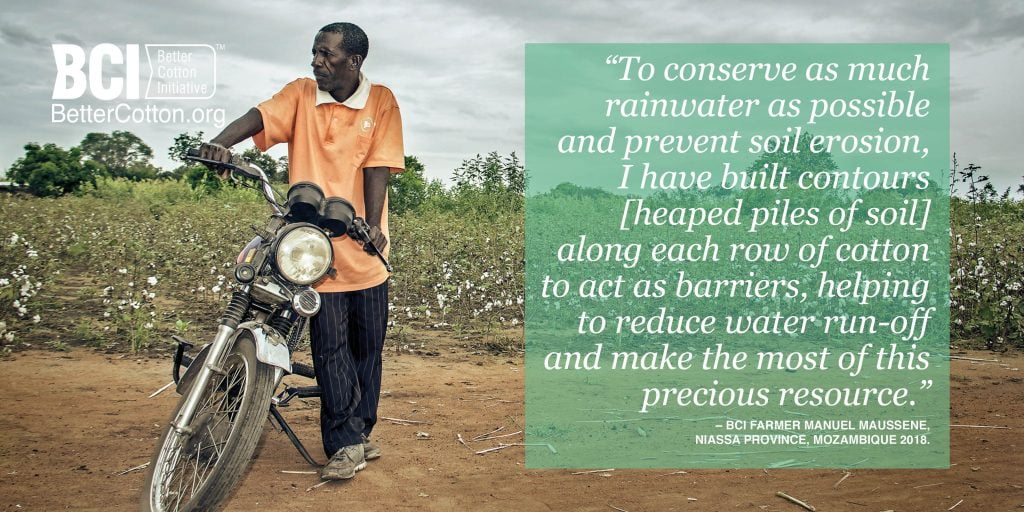To mark World Water Day 2019, we quizzed Gregory Jean, BCI’s Standards and Learning Manager, about how BCI is working with our on-the-ground partners and cotton farmers around the world to address critical water challenges in cotton production.
- What specific water challenges do cotton farmers face?
Freshwater is a shared and limited resource, making water scarcity and pollution major global issues. In cotton production, using water to irrigate crops can impact water availability and quantity, while using pesticides and fertilisers can affect water quality, as can farm run-off (water that leaches from fields due to irrigation or rain, that may contain fertilisers, pesticides or animal waste). Climate change is expected to intensify existing pressures on water supply, particularly in regions where water scarcity is already a concern. For this reason, cotton farmers need to adopt suitable adaptation measures.
- Tell us about BCI’s approach to water?
There are seven Better Cotton Principles and Criteriawhich lay out the global definition of Better Cotton. By upholding these principles, BCI Farmers produce cotton in a way that is measurably better for the environment and farming communities. One of the principles focuses solely on water. In 2017, we broadened the scope of our water principle and aligned it with the concept of “water stewardship,’ a holistic water management approach that encourages collective action towards sustainable use of water at a local level. Our efforts also align with SDG 6: Ensure availability and sustainable management of water and sanitation for all.
- What does that mean for farmers?
We deliver water stewardship training to our on-the-ground partners, who in turn deliver training to BCI Farmers. Our training helps BCI Farmers to really understand water resource management and related challenges in their local areas. They also learn how to collaborate with others to use water responsibly and conserve water quality. This year, together with Alliance for Water Stewardship and Helvetas, we developed and launched a series of water stewardship pilot projects that focus on safeguarding water resources and preserving water quality. So far, we’ve delivered training to our on-the-ground partners in China, India, Mozambique, Pakistan and Tajikistan.
- What changes are you seeing?
As a result of the updated Water Stewardship Principle, many BCI Farmers are now mapping water resources, managing soil moisture, managing water quality and applying efficient irrigation practices (where applicable). Farmers in the five pilot countries (highlighted above) have also been engaging and collaborating with local institutional, scientific and NGO communities in order to drive collective action on water stewardship. Each year, we share BCI Farmer results which include environmental and social indicators. Looking at our 2016-17 season results we see that BCI Farmers in the five countries we analysed (China, India, Pakistan, Tajikistan and Turkey) used less water than comparison farmers. For example, BCI Farmers in Pakistan used 20% less water than farmers who didn’t participate in BCI training sessions.
Stories from the Field

